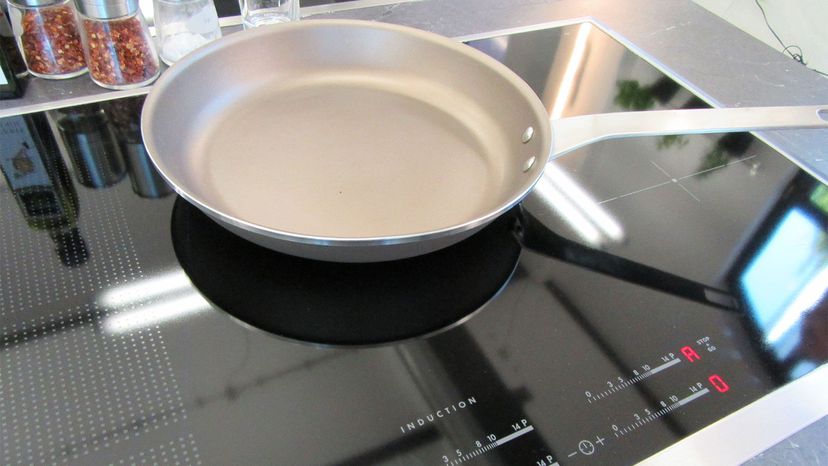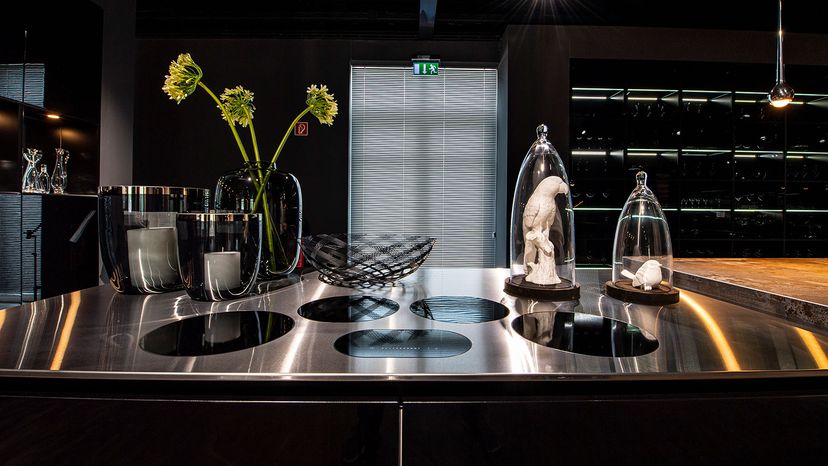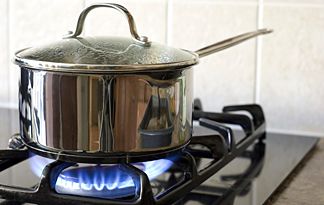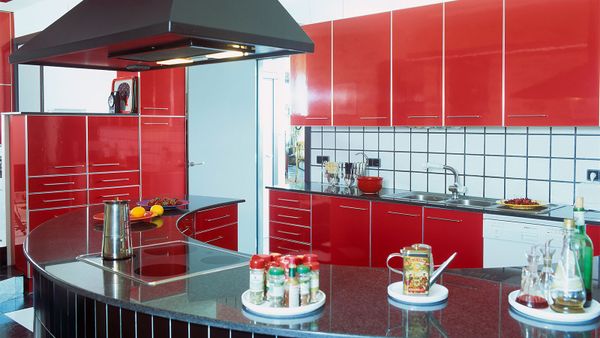Induction cooktops are more energy-efficient than other cooktop options primarily because they draw less energy to create heat. During induction cooking there is little heat loss, with up to 90 percent of the generated heat energy used to heat the contents of a pan instead of the atmosphere around it. A gas or electric stovetop, in comparison, loses up to 35 percent of the heat it generates during cooking.
An induction cooktop heats faster — and at more precise temperatures — than a gas or electric cooktop, making it a preferred method for professional chefs.
"Electric cooktops are generally known for hot spots on pans, and induction does not get hot spots like electric cooktops, while also allowing the same precision cooking experience usually associated with gas cooking," says Jessica Randhawa, head chef and recipe creator at The Forked Spoon, in an email interview. "I find that the precision is much more consistent [with induction cooktops] than gas cooktops, allowing for much better overall temperature control of the food being cooked."
Induction cooktops also have the potential to reduce burns and other-related injuries, in large part because the surface of an induction cooktop stays cool to the touch, even when the heating element is turned on.
According to the National Fire Protection Association, "Cooking is the leading cause of reported home fires and home fire injuries in the U.S., as well as a leading cause of home fire death." Even more prevalent? Non-fire cooking burns caused by "contact with hot equipment, hot cooking liquids or hot food." Of these injuries, making contact with a hot range is the most common source of non-fire cooking burns treated at emergency departments from 2015 to 2019.
"Gas is highly flammable, and the misalignment of a burner on low can create a situation where the flame goes out, and gas floods the kitchen or house; this has happened to me before," Randhawa says. "Both gas and electric cooktops get very hot when started and tend to hold their heat long after the cooking is done," she says, "whereas induction cooktops heat up only when the pot or pan is placed directly on the induction zone, and it also cools off quite a bit faster."




